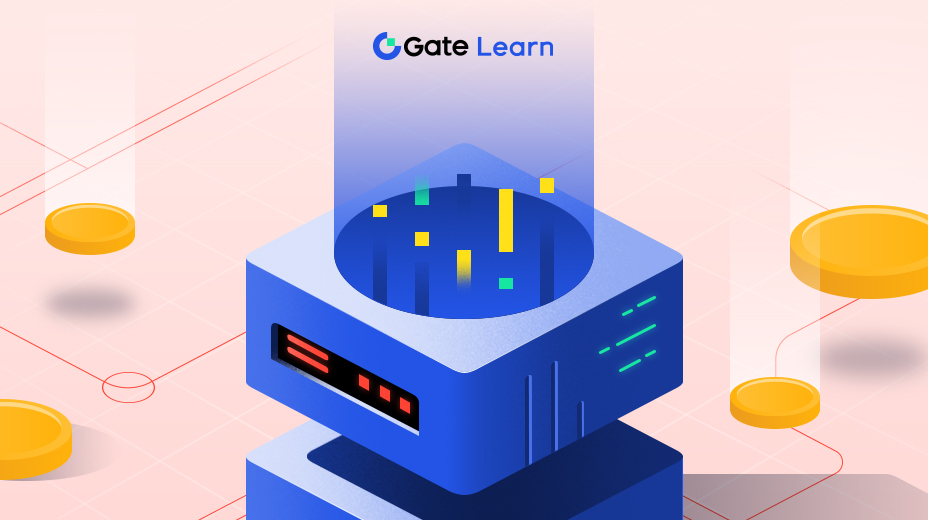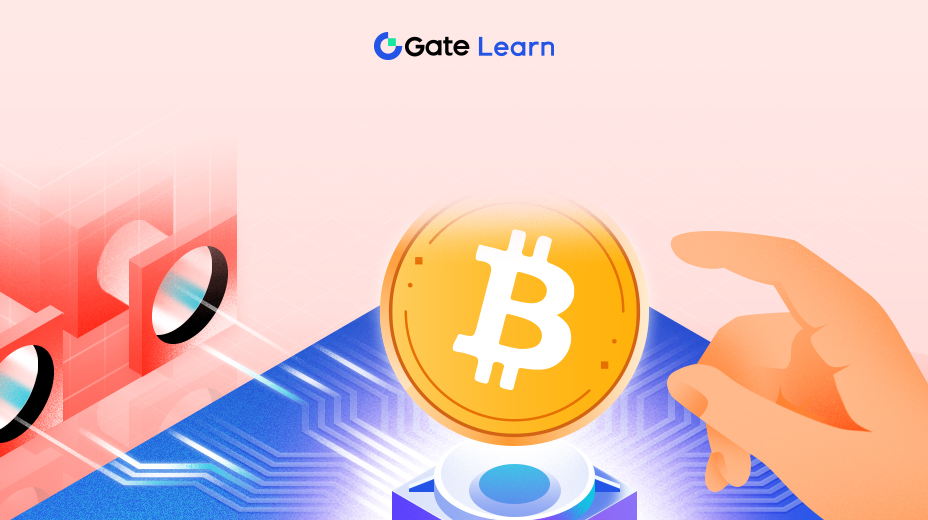The PulseChain Ecosystem
This module looks into the dynamic and diverse ecosystem of decentralized applications (dApps) supported by PulseChain, showcasing key platforms such as PulseX, Liquid Loans, PulsePad, Freecryption, and PulseDomains. Each of these dApps plays a vital role in enhancing the functionality and appeal of the PulseChain network by offering innovative solutions for trading, lending, project launching, secure communication, and domain management.
Decentralized Applications (dApps)
PulseChain, being a fork of Ethereum, inherits a strong capability for supporting decentralized applications (dApps). The network’s design enhancements aim to lower transaction costs and improve transaction speeds, which are crucial for dApp functionality. Here’s a look at notable dApps running on PulseChain and their impacts on the ecosystem:
PulseX
PulseX is a decentralized exchange (DEX) built on PulseChain, tailored to support the trading and swapping of digital assets on the network.
Automated Market Maker (AMM): PulseX uses an AMM model, which allows trading without the need for a traditional market of buyers and sellers. Prices are determined algorithmically based on the supply and demand of the tokens in the liquidity pools.
Liquidity Provision: Users can become liquidity providers by depositing pairs of tokens in the pools, which facilitates trading on the platform and earns them a share of the trading fees.
Staking Rewards: In addition to trading fees, liquidity providers on PulseX can stake their LP tokens to earn additional rewards, often in the form of PLSX tokens, which incentivize long-term liquidity provision.
PulseX significantly enhances the liquidity of the PulseChain ecosystem, making it attractive for users looking to exchange tokens efficiently. The lower fee structure compared to other platforms also attracts more users and increases the volume of transactions, thereby stabilizing the network’s economy.
Liquid Loans

Liquid Loans is a non-custodial lending platform on PulseChain that allows users to lock up their crypto assets as collateral to take out loans.
Trustless Loans: The platform operates entirely in a trustless manner, meaning loans are managed by smart contracts without intermediaries.
Protection Against Market Fluctuations: The system is designed to protect against market fluctuations. If the value of the collateral drops significantly, the system automatically adjusts to ensure the loan remains adequately collateralized.
Unique Loan Mechanism: Instead of paying periodic interest, borrowers pay a one-time issuance fee, and there are no set repayment schedules. Borrowers can repay their loans at any time without penalty.
By providing a stable, predictable borrowing environment, Liquid Loans can potentially attract a large user base of cryptocurrency holders who need liquidity but do not wish to sell their assets, thus increasing user engagement on PulseChain.
PulsePad
PulsePad serves as a launchpad for new projects within the PulseChain ecosystem, facilitating their introduction and initial funding.
Project Vetting: PulsePad carefully vets projects before they are allowed to launch, ensuring that only those with potential and credibility reach potential investors.
Democratic Participation: It democratizes the investment process by allowing smaller investors to participate in early-stage project funding, traditionally dominated by large venture capitals.
PulsePad drives innovation by supporting new projects and helps distribute wealth more evenly among investors of all sizes, which can lead to a more vibrant and diverse ecosystem on PulseChain.
Powercity

Powercity is an innovative ecosystem designed to optimize the way token holders earn rewards through their participation. It utilizes a “revenue-over-inflation” model which integrates a range of decentralized finance (DeFi) applications aimed at adding utility and fostering innovation in the sector. The core components of Powercity include:
- CORE Staking Platform: This is the central hub for staking $WATT tokens.
- PortalX Swap: A multi-chain swap protocol that connects different blockchains, allowing for efficient token exchanges.
- EARN Protocol: A lending protocol where $PLSX is used as collateral.
- FLEX Protocol: Similar to EARN but uses $HEX as collateral.
- Amplifier: An auto-compounding interface that simplifies and automates yield strategies for EARN and Liquid Loans protocols.
- PixelPark: An NFT marketplace that forms part of the ecosystem.
- Accelerator: An automatic DeFi yield compounder designed to enhance investment outcomes.
The ecosystem is strategically structured to support sustained growth and reward accumulation for participants, setting a foundation that contrasts the usual inflationary pressures of typical tokenomics.
Freecryption
Freecryption offers secure, decentralized communication solutions on PulseChain.
Encryption: Utilizes blockchain technology to offer end-to-end encryption for messages and files, ensuring that only the communicating users can access the information.
Decentralized Storage: Messages and files are not stored on a central server but on the blockchain, significantly enhancing security and privacy.
Impact:
Freecryption extends the utility of PulseChain beyond financial transactions to essential communication services, potentially attracting users concerned with privacy and security in their online interactions.
PulseDomains
PulseDomains allows users to purchase and manage blockchain-based domain names.
Blockchain-based Domains: These domains can be used as human-readable addresses for receiving various cryptocurrencies, simplifying transactions.
Decentralized Management: Owners have full control over their domains without the need for traditional domain registration services, reducing reliance on centralized entities.
Impact:
By simplifying cryptocurrency transactions and providing a user-friendly way to manage online identities, PulseDomains enhances the overall usability and appeal of the PulseChain network.
Each of these products and services not only contributes to the richness of the PulseChain ecosystem but also underscores the platform’s commitment to providing comprehensive blockchain solutions that extend beyond simple token transactions.
Pulse Wallet

Source: PulseWallet Website
Pulse Wallet is dedicated to providing a secure and sustainable infrastructure for blockchain projects. Operated under EmeraldCap LLC, a registered entity in St. Vincent and the Grenadines, Pulse Wallet commits to delivering cutting-edge solutions to enhance the blockchain ecosystem. The team behind Pulse Wallet consists of experts focused on developing an efficient and reliable platform that ensures security and stability for blockchain projects of various sizes.
Trust and Reliability: Pulse Wallet builds its services on a foundation of transparency and credibility, adhering to industry best practices. This approach establishes a trusted environment where users can feel confident in the security and integrity of their blockchain interactions.
Security First: At the core of Pulse Wallet’s operations is a commitment to security. The wallet employs advanced encryption techniques and robust security protocols designed to protect users’ assets and transactions comprehensively.
Customer-Centric Approach: Pulse Wallet places a high priority on customer satisfaction. The team actively seeks user feedback to continually enhance service offerings, ensuring that user needs and expectations are met with exceptional support.
Pulse Wallet Token
The Pulse Wallet Token (PLW) serves as the native token of Pulse Wallet, a critical component of the PulseChain ecosystem. It plays a multifaceted role in ensuring the stability and efficiency of the blockchain’s operations. PLW is integral to the functioning of the Pulse Wallet Validator Service, serving several key roles:
Insurance Against Slashing
PLW is used as collateral by node operators within the Pulse Wallet ecosystem. This collateral is forfeited to compensate PLS holders in the event of slashing due to the node operator’s failure, thus ensuring a layer of financial security and stability within the network.
Incentives for Node Operators
To maintain a robust and reliable network, PLW is awarded to node operators who consistently perform their duties effectively, fostering a competitive and efficient network environment.
Value Protection for sPLS
PLW supports the value of sPLS (staked PLS) by acting as a financial safeguard that protects against market volatility, thereby enhancing trust and stability in the staking process.
Buyback and Burn Mechanism
To control inflation and increase the token’s value, a portion of transaction fees collected in PLS is used to buy back PLW from the market. These tokens are then permanently removed from circulation, applying deflationary pressure that benefits all token holders.
Deflationary Nature of PLW
PLW is designed with a deflationary mechanism where its supply is reduced over time through several actions:
- Fees collected from transactions paid in PRC20 tokens are used to purchase and burn PLW.
- A small percentage from shield transactions contributes to buying back PLW for burning, tightening the circulating supply further.
The allocation of Pulse Wallet Tokens is carefully structured to support the ecosystem’s growth and reward community engagement:
- Total Supply: 1 billion PLW tokens.
- Treasury (25%): Held for future expansion and development needs, vested over two years to align with the platform’s long-term objectives.
- Airdrop (50%): Distributed to early contributors and users to encourage participation and investment in the ecosystem, released fully at the Token Generation Event (TGE).
- Liquidity (20%): To ensure ample market liquidity at launch and accommodate future needs.
- Incentives and Rewards (5%): Aimed at rewarding early adopters and continuous users, which helps drive initial and ongoing engagement with the platform.
Pulse Gate
Pulse Gate is a key infrastructure component developed by Pulse Wallet to foster greater adoption and usability of PulseChain. It functions as an in-house-built bridge that facilitates the seamless transfer of assets between PulseChain and other blockchains. This capability is essential for promoting interoperability within the blockchain space, allowing users greater freedom and flexibility in managing their crypto assets.
Initial Asset Support: Pulse Gate has begun its operations by enabling the transfer of USDT from BNBChain to PulseChain. This specific functionality makes transactions smoother and faster, addressing common pain points associated with cross-chain transfers.
Expansion Plans: The roadmap for Pulse Gate includes ambitious plans to support a diverse range of assets. This future capability aims to provide a comprehensive and streamlined multichain experience, making it easier for users to interact with various blockchains without the typical complexities involved.
Enhancing the PulseChain Ecosystem: With the integration of assets like USDT and future tokens, Pulse Gate significantly enhances the utility of PulseChain. Users can leverage these assets within PulseChain’s vibrant ecosystem to engage in activities like DeFi and NFT trading, which are pivotal to the modern digital economy.
Community Contributions
The PulseChain ecosystem thrives on the active, enthusiastic participation of its community. This community doesn’t just use the network; they significantly contribute to its development, governance, and expansion. Here’s a closer look at how this vibrant community supports the ecosystem:
Development Contributions
Open-Source Projects: Many parts of PulseChain’s infrastructure are open-source, inviting developers from around the globe to contribute to the code. This not only improves the quality and security of the network but also fosters an inclusive, collaborative environment.
Bug Bounties and Code Reviews: Community members actively participate in bug bounty programs, where they are rewarded for discovering and reporting vulnerabilities. This collective vigilance helps maintain the high reliability and security of the network.
Governance Participation
Proposal Submissions: Members of the PulseChain community can submit proposals for changes or upgrades to the network. This participatory approach ensures that the evolution of PulseChain aligns with the diverse needs and desires of its users.
Voting on Proposals: Beyond just submitting proposals, community members also engage deeply in the governance process by voting on various initiatives. This democratic process empowers them to shape the strategic direction of the ecosystem.
Educational and Supportive Initiatives
Forums and Workshops: Seasoned community members often organize forums and workshops aimed at educating new users about the nuances of blockchain and how to effectively use PulseChain. These educational initiatives are crucial for onboarding new users who may be daunted by the complexities of blockchain technology.
Support Channels: Through various channels like Discord, Reddit, and Telegram, the community offers real-time support and guidance to one another, ensuring that everyone, from beginners to advanced users, can make the most of the PulseChain network.
Community-Driven Marketplaces and DApps
Decentralized Marketplaces: Several community-driven marketplaces have been developed on PulseChain, allowing users to trade and exchange goods and services using PLS and other tokens within the ecosystem. These marketplaces are not just platforms for economic activity but also foster social interactions and connections within the community.
Innovative DApps: The community also plays a pivotal role in conceptualizing and developing innovative decentralized applications (DApps) that serve various purposes beyond financial transactions, such as games, social networks, and more. These applications significantly enhance the utility and attractiveness of the PulseChain ecosystem.
Philanthropic Efforts
Charitable Initiatives: The PulseChain community is also known for its charitable spirit. Several initiatives have been launched to use the network for social good, including fundraisers and partnerships with non-profits. These efforts not only help those in need but also posit blockchain technology as a tool for positive societal impact.
The community’s active and deeply involved contributions are absolutely indispensable to the growth and success of PulseChain. Their efforts ensure that the network remains innovative, secure, and aligned with the needs of its users. Moreover, these community-driven activities create a robust, supportive, and dynamic environment that continuously attracts new users and retains existing ones, thereby sustaining the long-term vitality of the PulseChain ecosystem.





